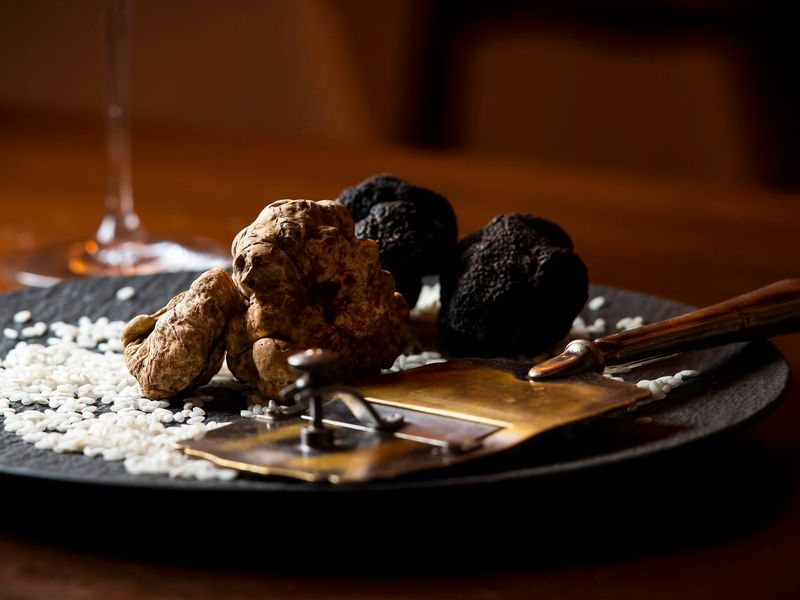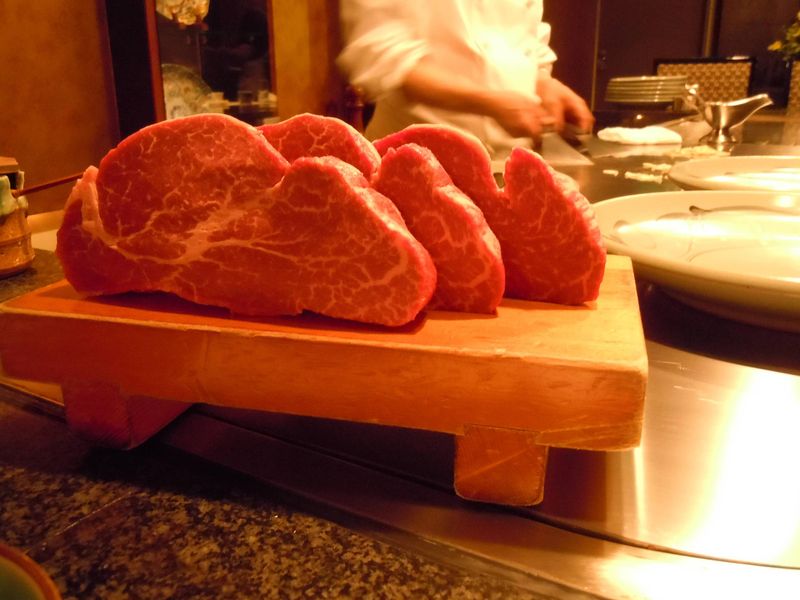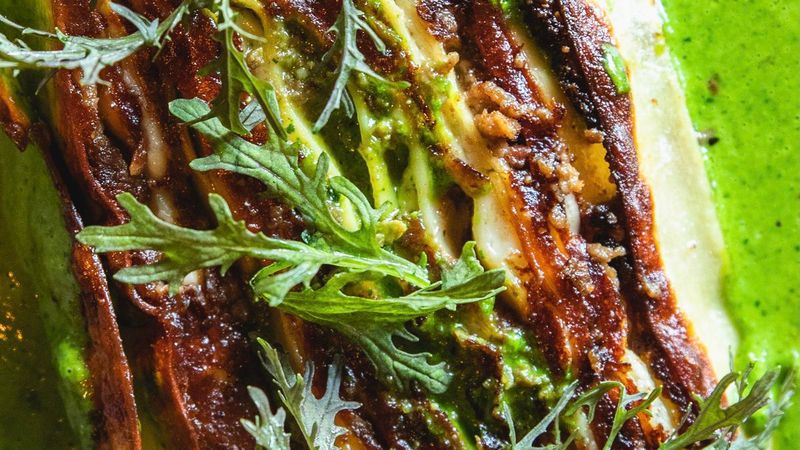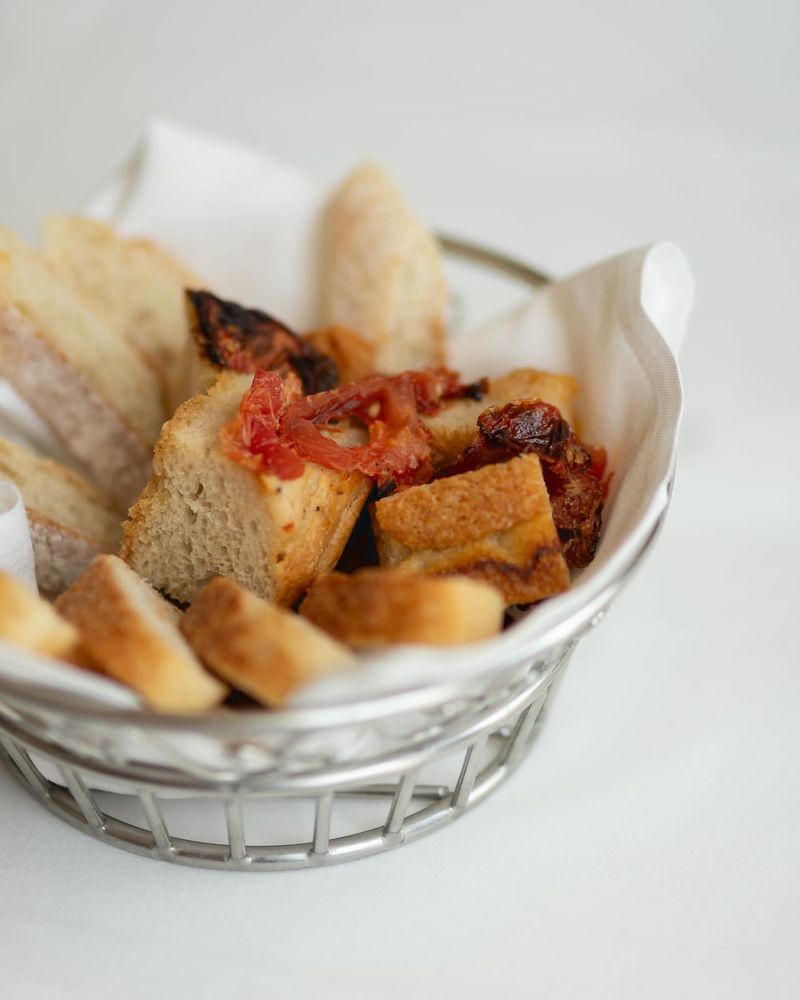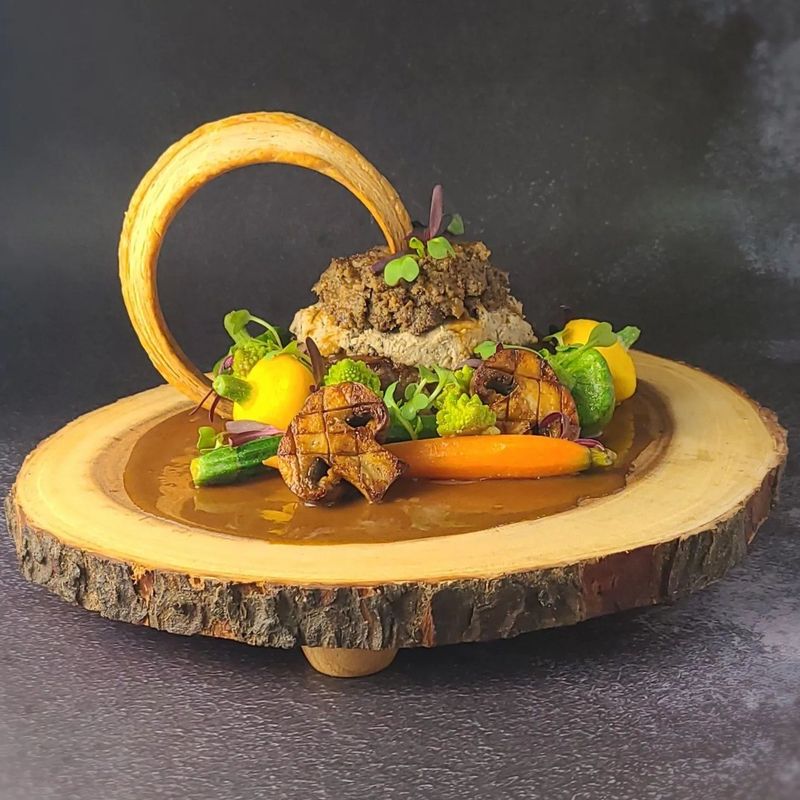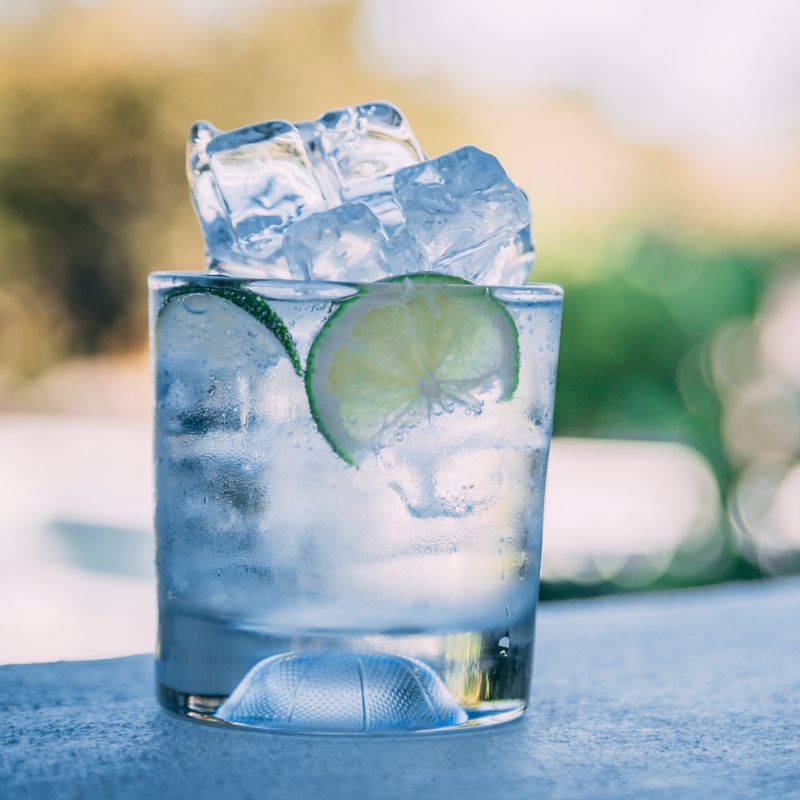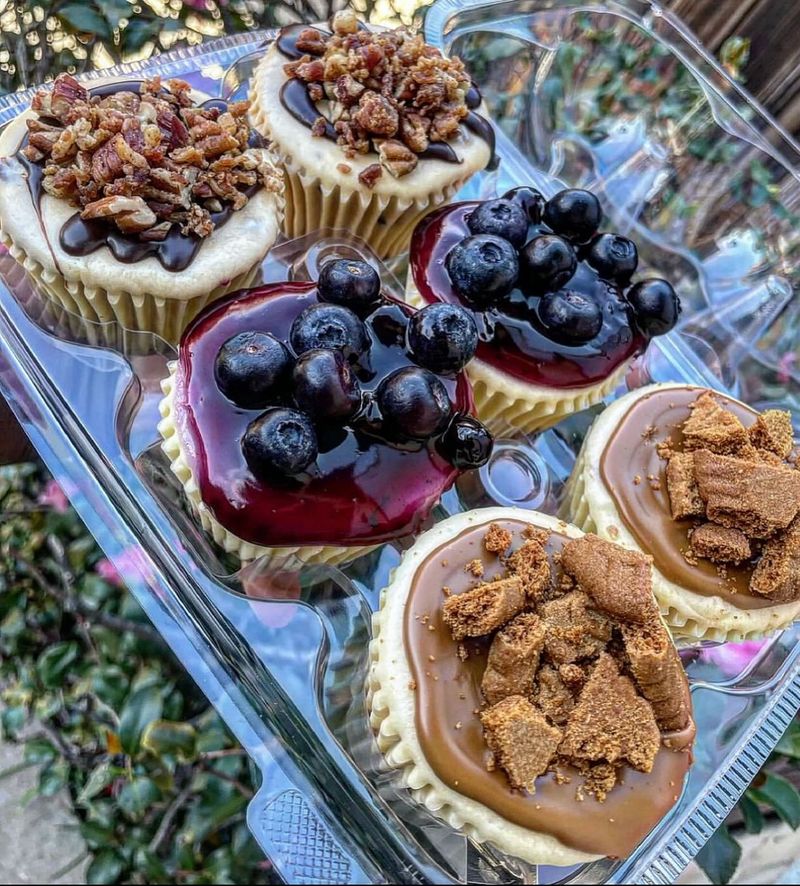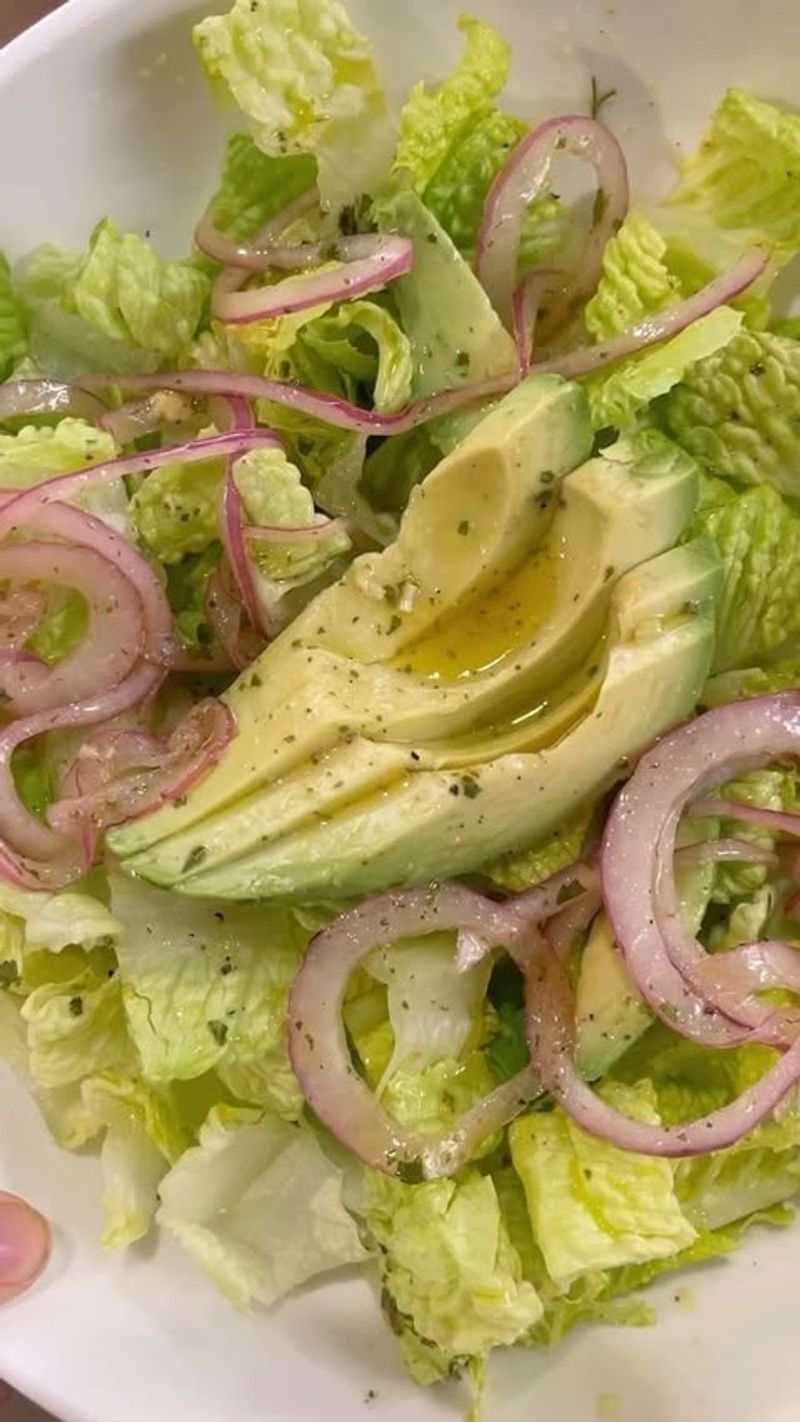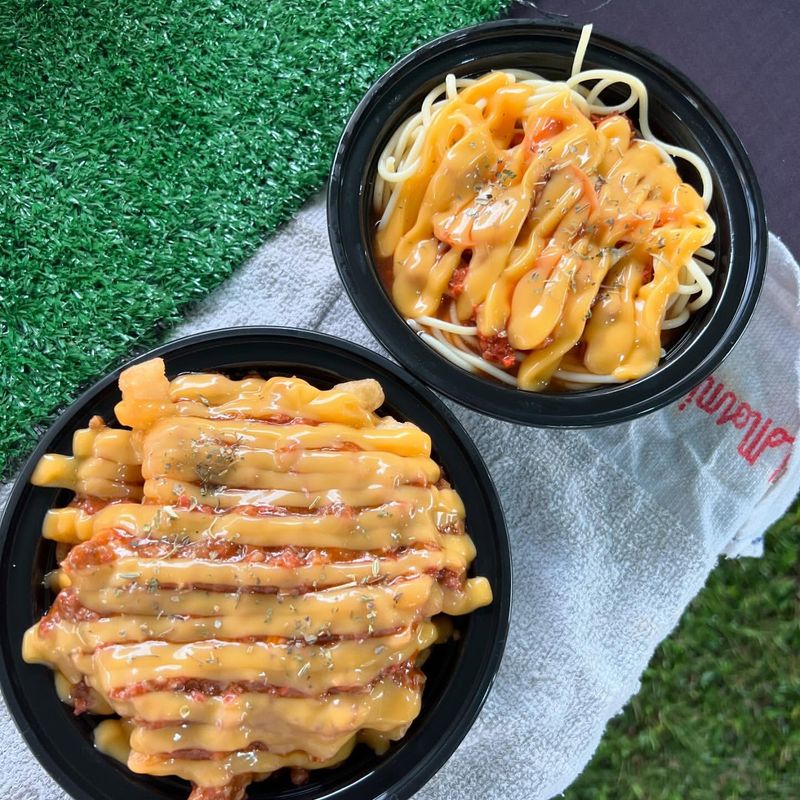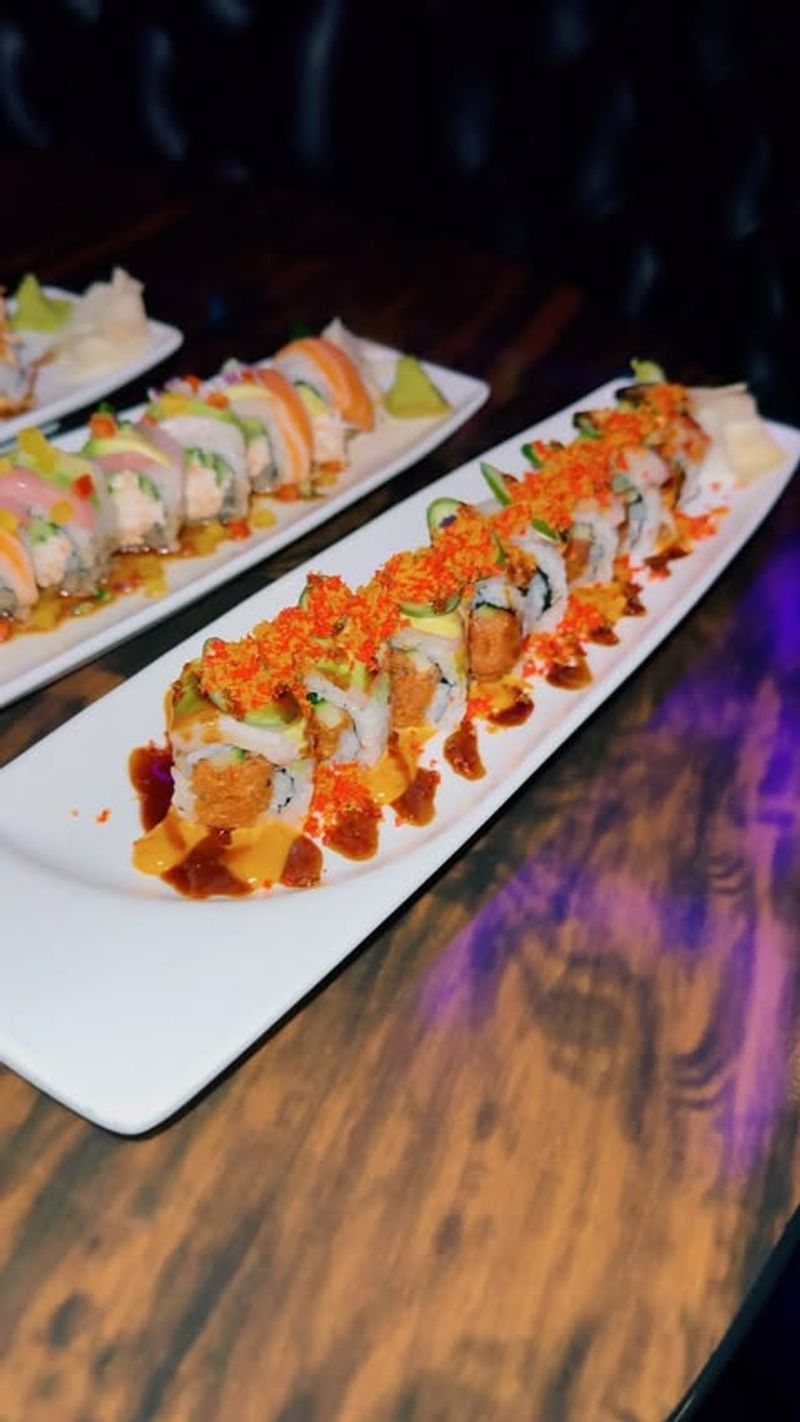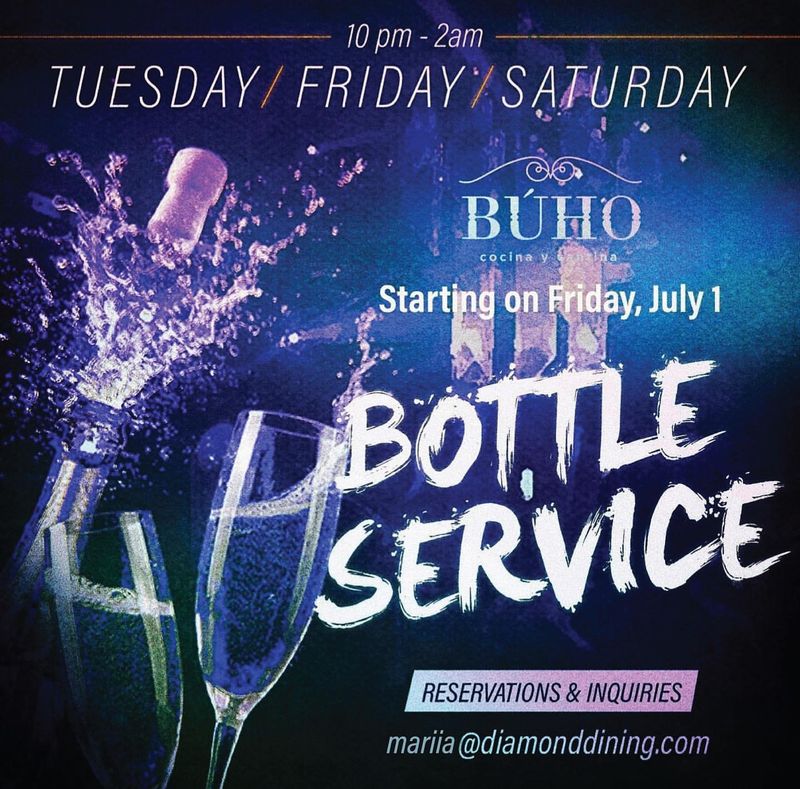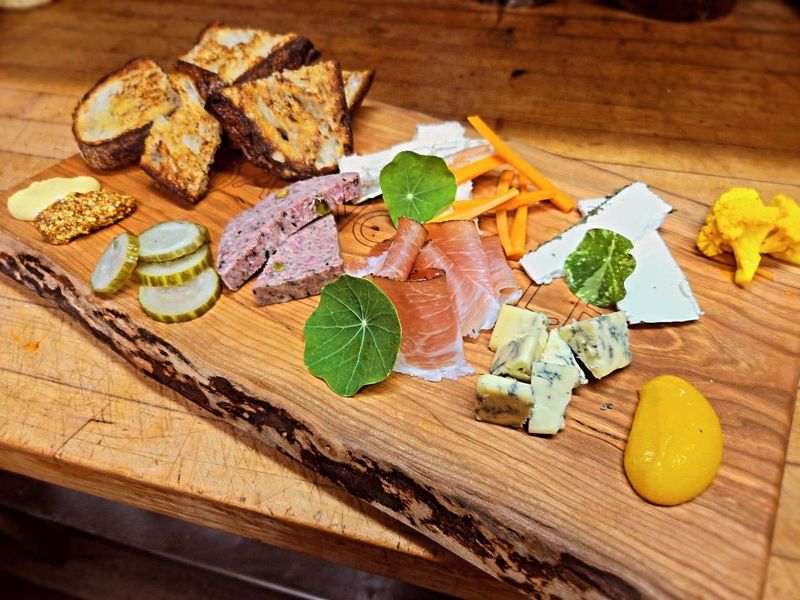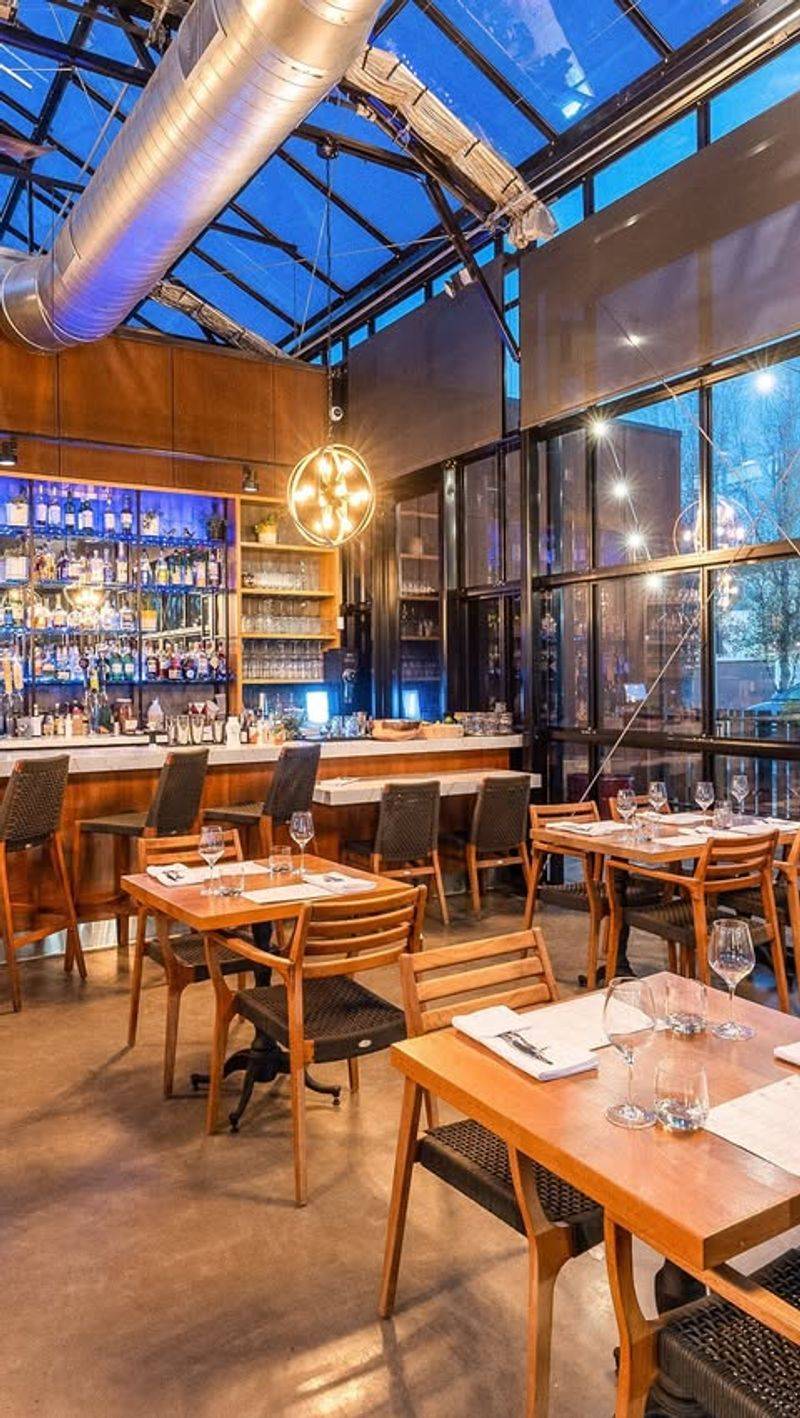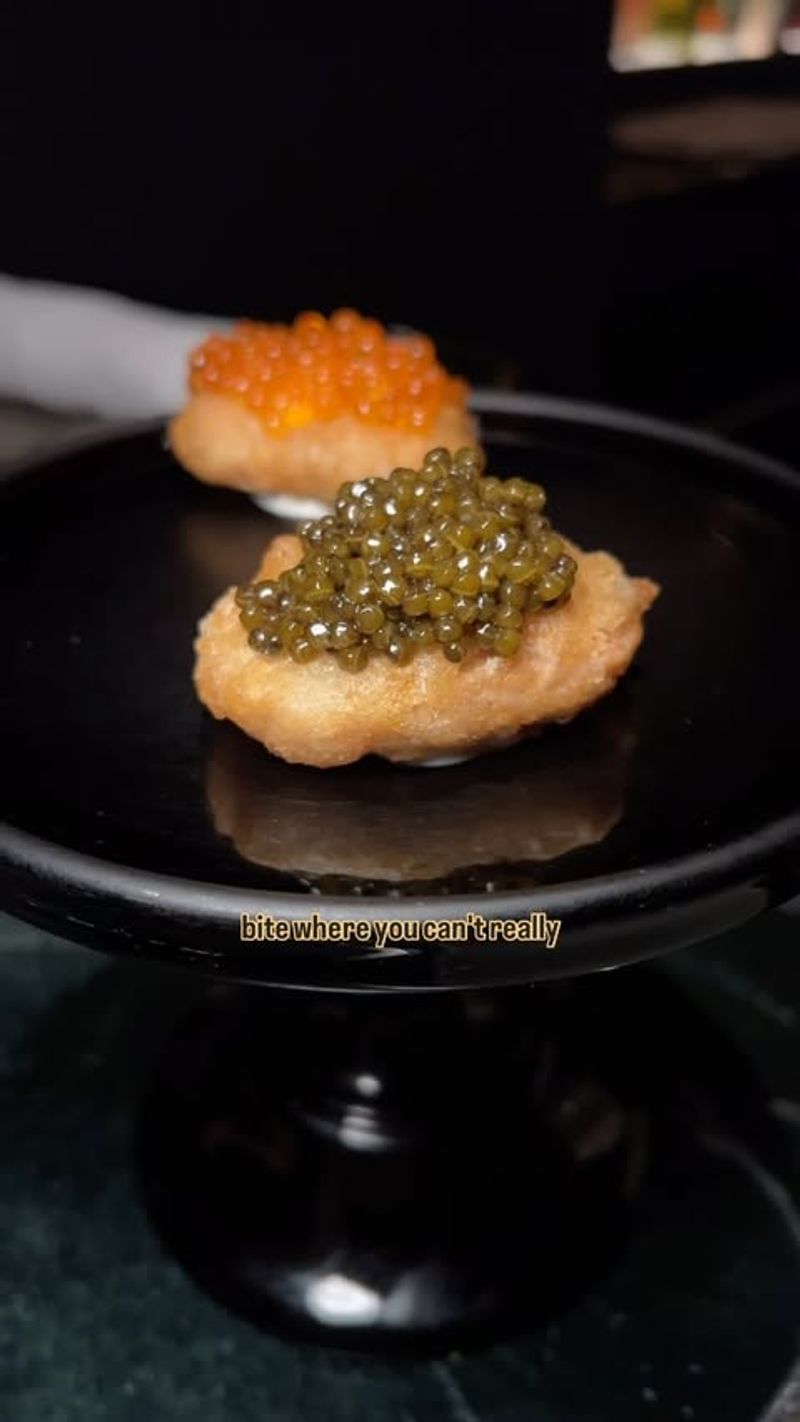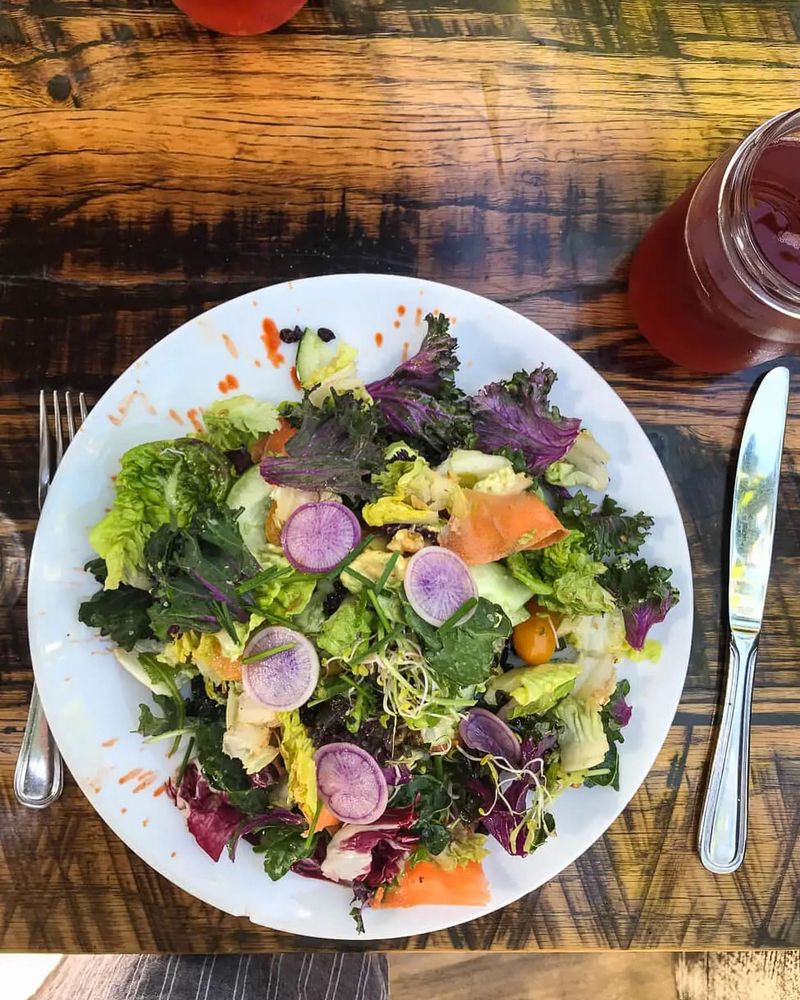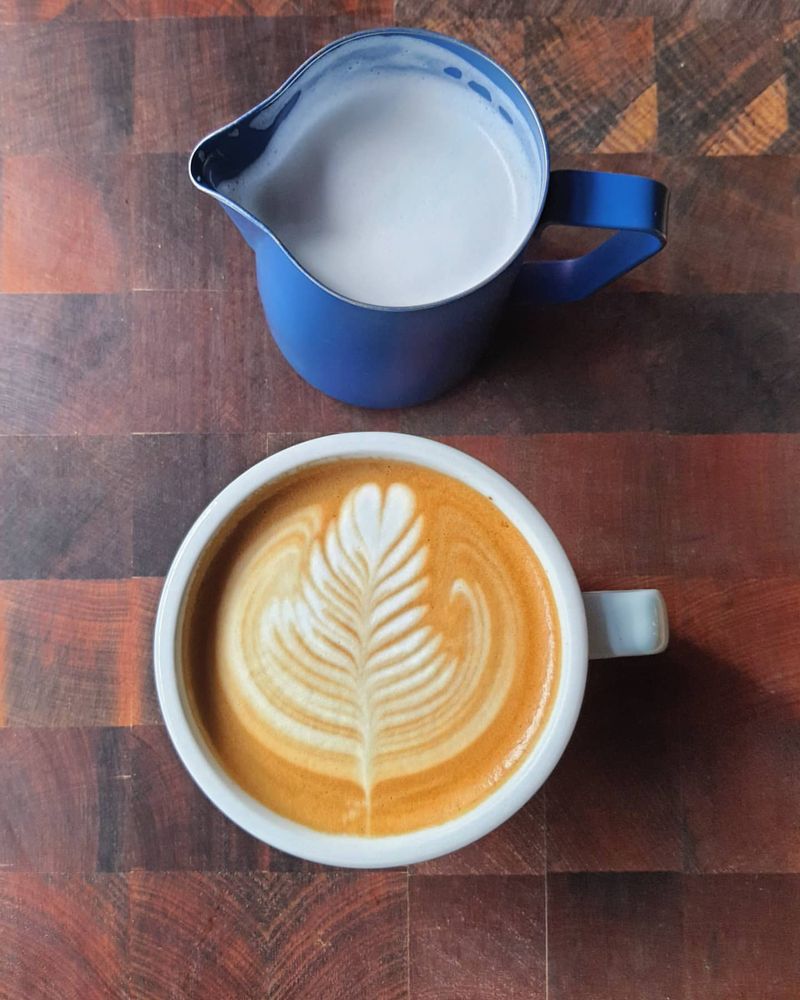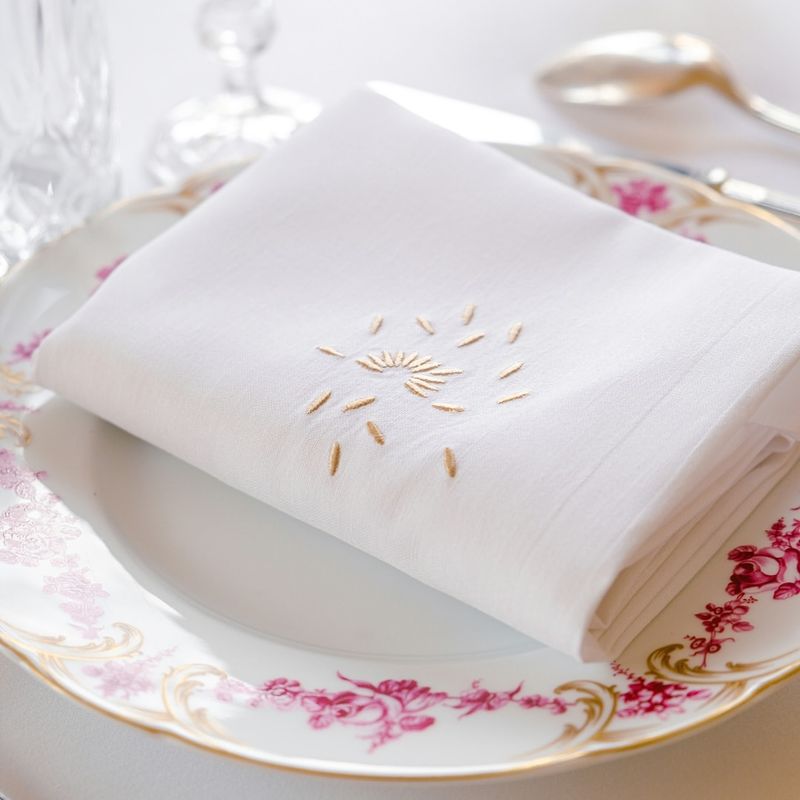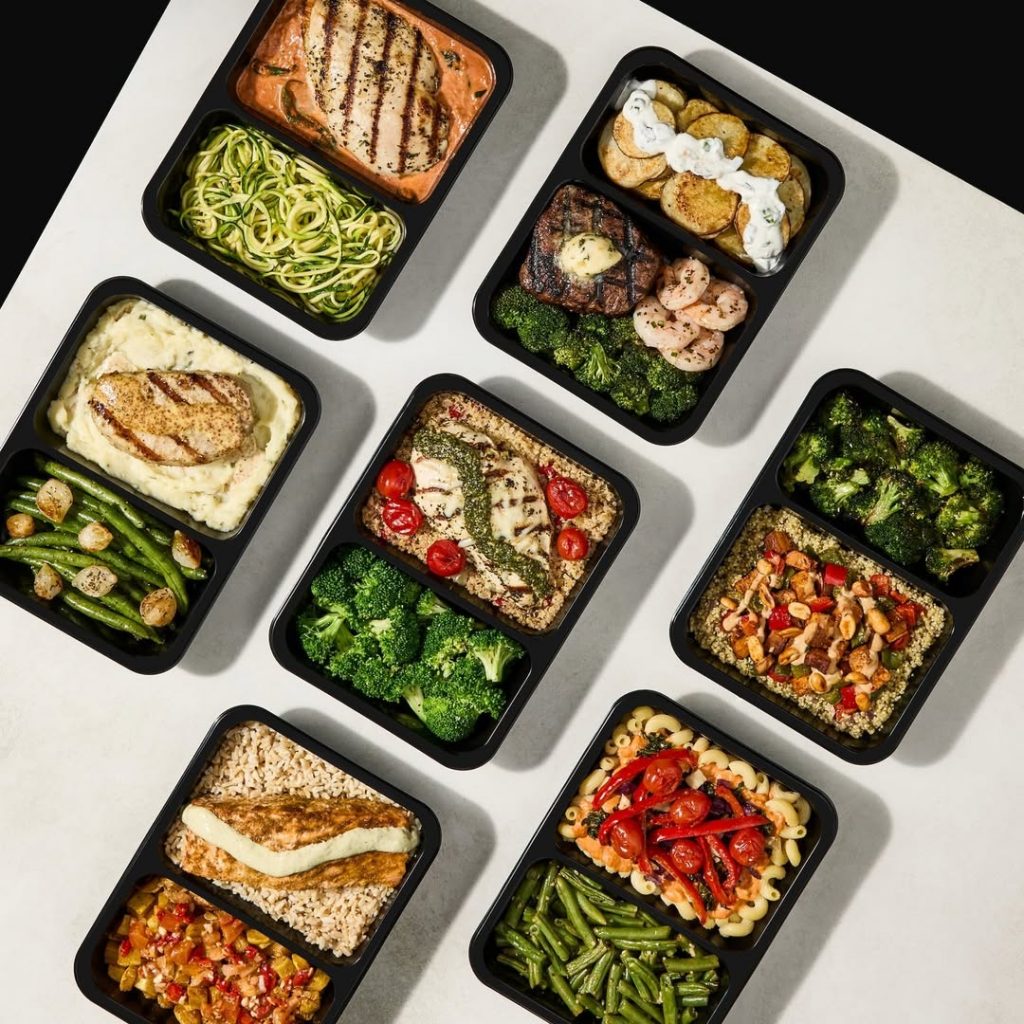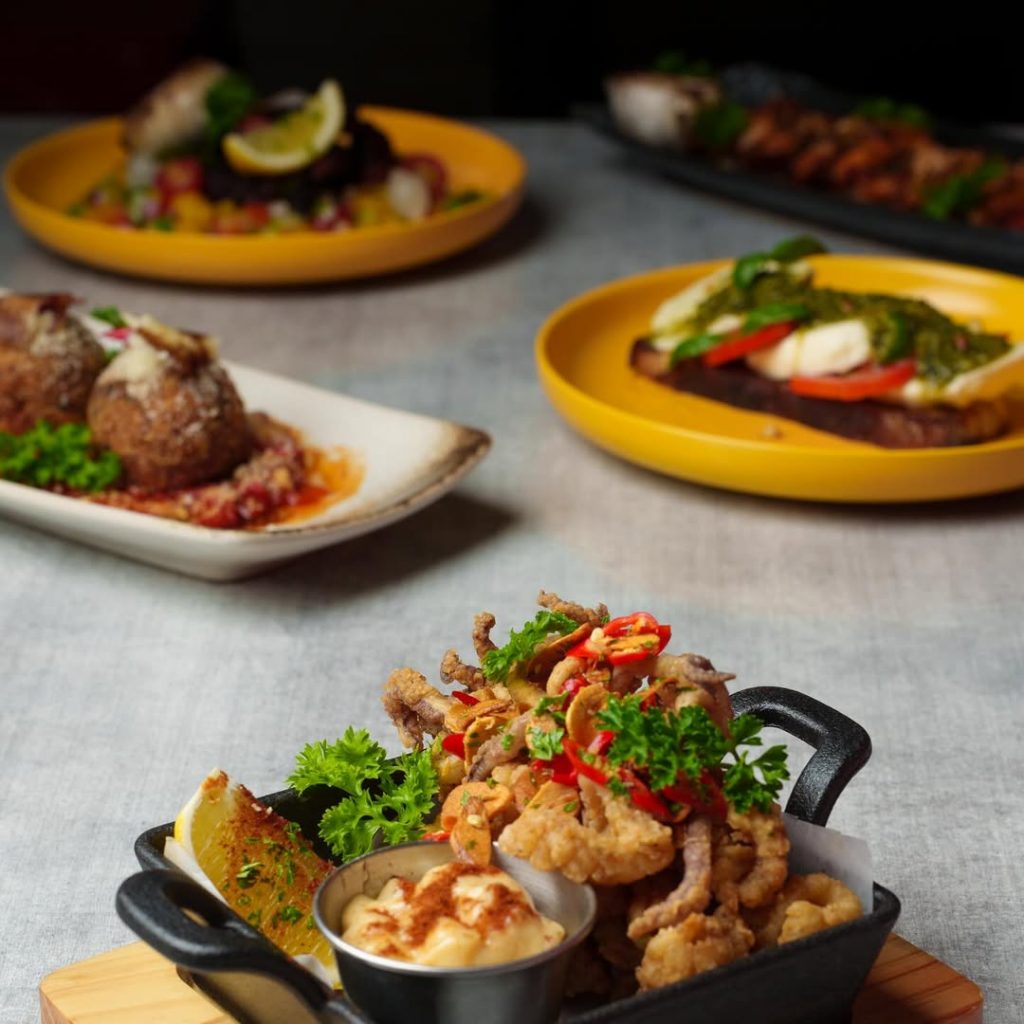From truffle-laced scams to $18 side salads, some dishes leave more of a sting than a savory memory.
Real chefs have spoken out about the most outrageous ripoffs they’ve seen on menus—where presentation masks mediocrity, and prices soar far beyond the ingredients’ worth.
Whether it’s frozen fare passed off as gourmet or luxury labels slapped on basic bites, these are the 22 worst restaurant ripoffs that leave diners paying a premium for pretence.
1. Truffle Oil Drizzle
Ah, truffle oil – the luxurious, aromatic elixir that promises to elevate any dish to gourmet status. But here’s the kicker: most truffle oil doesn’t even contain real truffles. It’s often just a synthetic concoction with a fancy label. Imagine paying a premium for a few drops of glorified perfume.
I remember my first encounter with this culinary illusion; I felt like I’d paid for a first-class ticket but ended up in economy. The allure of truffle oil is hard to resist, especially when it’s paired with phrases like “chef’s special” or “limited edition.”
But chefs know the truth – it’s mostly an aromatic ruse. And the price tag? Almost as inflated as the oil’s reputation. Next time, save your money for something more authentic.
2. Kobe Beef Burgers
Who doesn’t love a good burger? But slap the word “Kobe” in front, and suddenly you’re paying triple. The thing is, real Kobe beef comes from a specific region in Japan and is incredibly rare – much like finding a needle in a haystack. Most “Kobe beef burgers” are anything but.
I once splurged on one, hoping for the melt-in-your-mouth experience. Instead, I got a regular patty with an inflated price tag. Many chefs roll their eyes at this so-called delicacy, knowing it’s often just a marketing ploy. The marbling that makes genuine Kobe unique? Not present.
So next time you see a “Kobe beef burger” on the menu, be a bit skeptical. Your wallet might thank you. You deserve the real deal, not a cleverly disguised substitute.
3. Gold Leaf Toppings
Gold on a plate? Sounds opulent, right? But before you get dazzled by the sparkle, ask yourself: does it actually add flavor? Spoiler alert: it doesn’t. It’s purely for show, a glittery gimmick chefs are all too familiar with.
It looks like a scene from a fairy tale, but the taste left much to be desired. Chefs know the secret: it’s an expensive way to make a dish look fancy without enhancing the flavor.
Next time you’re tempted by a dish adorned with gold, think twice. Wouldn’t you rather have a dish that tastes as good as it looks? After all, you’re there to eat, not to admire your reflection in shiny metal. Save the bling for your jewelry box, not your plate.
4. Artisan Bread Basket
Bread: the universal comfort food. But when did it become so pricey? Enter the artisan bread basket – it sounds fancy, but it’s often just an upsell. It’s an easy way for restaurants to bump up the bill without much effort.
I remember ordering one, expecting a medley of flavors and textures. Instead, I got a few slices of bread that tasted remarkably similar to what I had at home. The kicker? The hefty price tag for what’s essentially a side dish.
Next time, think about what you’re really getting. Is it worth paying top dollar for something that’s meant to be complimentary? Your taste buds deserve more than just a pretty name.
5. Deconstructed Dishes
Deconstructed dishes: the modern art of the culinary world. But do they live up to the hype? Often, it’s just a clever way to charge more for less. Chefs sometimes see it as a way to mask simplicity with complexity.
By the end, not only will you be less full, but also scratching your head at the concept. It’s a trick of playing with presentation to justify prices.
Before you order, ask yourself if you’re paying for flavor or just a fancy layout. Because let’s face it, you came to eat, not to play chef. It’s your meal; make sure it’s worth every bite, not just every Instagram post.
6. Watered-Down Cocktails
Cocktails can be an art form, but sometimes they’re more like an overpriced science experiment. Bartenders have seen how a splash of water can make a pricey drink feel less luxurious.
There was one time I ordered a cocktail, eagerly waiting for that first refreshing sip. What I got was a watered-down disappointment. The flavors were muted, and so was my enthusiasm. It’s a common trick: dilute to impress with quantity, not quality.
So, what’s the move? Demand your drink the way you like it, strong and flavorful. Your night out deserves a drink that packs a punch, not a gentle nudge. Remember, you’re there for the taste, not just the buzz.
7. Pre-Packaged Desserts
Desserts should be the sweet, decadent end to a meal, but sometimes they come straight from a package. Some chefs cringe at the thought of charging gourmet prices for store-bought sweets.
You probably sometimes ordered a dessert that looked suspiciously familiar – like something you’ve seen in the frozen aisle. The suspicions were confirmed with the first bite. Chefs know the shortcuts, but that doesn’t mean they approve.
Next time you’re eyeing that dessert menu, ask if it’s made in-house. You deserve a treat as special as the rest of your meal, not a pre-packaged afterthought. After all, dining out is about the experience, from appetizer to dessert.
8. House Salad Markup
Salads can be a refreshing start, but when the simplest greens come with a hefty markup, it’s hard to swallow. Chefs know that a basic salad is often an easy way for restaurants to boost profits.
I remember being taken aback by the price of a house salad that was little more than lettuce and dressing. The cost didn’t match the experience – or the ingredients. A few greens should never break the bank, no matter how fresh they are.
When you’re scanning the menu, consider what you’re really paying for. Is it the salad or the ambiance? Sometimes it’s better to skip the greens and save your money for something more substantial.
9. Extra Cheese Charges
We all love extra cheese, but not the unexpected cost that comes with it. Chefs know that the cheese surcharge is a classic upsell tactic.
It’s a common frustration – paying more for what feels like a sprinkle, not a mountain of cheesy goodness. It’s enough to make any cheese lover think twice.
Before you order that extra cheese, ask if it’s really worth it. Sometimes it’s about quality, not quantity. Make sure your pizza is perfect without the added cost. Trust your taste buds, and they might just lead you to a better choice.
10. Sushi Roll Add-Ons
Sushi is an art, but sometimes it comes with unwanted extras. Chefs know that add-ons like avocado or spicy mayo can quickly inflate the price.
I once added a few extras to my sushi roll, expecting a flavor explosion. Instead, I got a bill that left a sour taste in my mouth. The toppings overshadowed the sushi, making it feel more like an expensive salad roll.
When customizing your roll, think about what really enhances the sushi. Sometimes less is more. Enjoy the simplicity of the fish and rice, and avoid turning a delicate dish into a pricey extravagance.
11. Bottle Service Charges
They might seem glamorous, but is it really worth the cost? It’s often more about the presentation than the actual product.
Have you ever experienced bottle service with friends? Only to realize. You paid a small fortune for the flair, not the drink. The spectacle was entertaining, but the price tag was anything but.
Before you opt for bottle service, think about your priorities. Is it the show or the sip? You can enjoy a quality drink without the extravagant fees. Make your night memorable for the right reasons – the company, not the cost.
12. Imported Spring Water
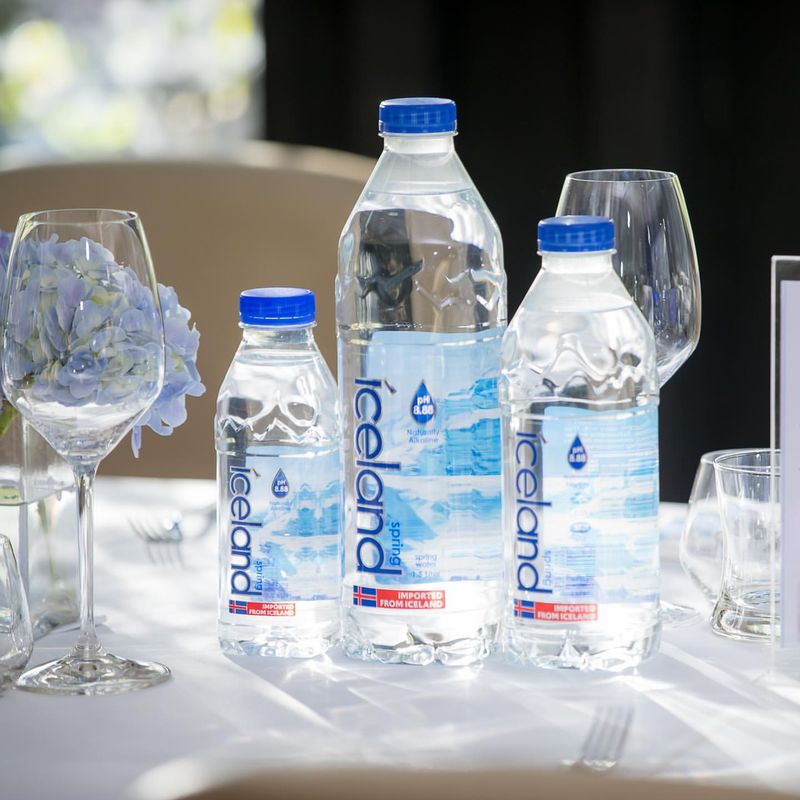
Water, water everywhere, but do we really need to pay for the imported kind? I don’t think so! Chefs are aware that fancy water is often an easy upsell.
I once ordered imported spring water, expecting a taste revelation. Instead, it was just water – expensive water. The label was exotic, but the experience was ordinary. It’s a reminder that not all things need to come from faraway lands to quench your thirst.
The next time you’re offered imported water, consider the tap. You might find it just as refreshing without the added cost. Keep it simple and stay hydrated without the guilt. Your wallet will feel lighter, and so will you.
13. Charcuterie Board Selection
A true feast for the eyes, but sometimes they feast on your wallet too. These selections can be an expensive assortment of ordinary items.
We all once ordered a board, lured by the promise of gourmet meats and cheeses. While it looked impressive, the taste was something you could easily replicate at home.
The kicker? The price tag was twice what you expected. When eyeing that charcuterie menu, remember it’s not all gold that glitters. Consider making your own at home for a fraction of the cost. You get to choose the items, and your bank account stays happy. It’s a win-win.
14. Farm-To-Table Premiums
Farm-to-table dining sounds idyllic, but sometimes it’s more about the story than the actual meal. Chefs know the premium tag doesn’t always match the authenticity.
Indulging in a farm-to-table experience can leave you questioning the origins. The price is high, and the flavors are… average. It’s a reminder that sometimes the concept overshadows the execution.
Before you pay the premium, inquire about the sourcing. Ensure the meal is as fresh as the story. Your dining experience deserves authenticity, not just clever marketing. Enjoy the farm-to-table concept but keep your expectations – and spending – grounded.
15. Caviar Portions
Caviar: the epitome of luxury dining. But sometimes, the portions leave you wanting more. We have to understand that the price often exceeds the experience.
I once splurged on caviar with a group of friends. We were expecting indulgence. The taste was exquisite, but the serving was minuscule. It’s a reminder that luxury doesn’t always equate to satisfaction.
When considering caviar, think about the value. Is it worth the splurge? Sometimes it’s better to savor the memory than the morsel. Indulge wisely and let your taste buds decide what’s truly worth it.
16. The Air-Fried Avocado Slice
Imagine paying a premium for a single slice of avocado, air-fried to perfection. This overpriced nibble is often found in trendy cafes, where a whole avocado costs less than one slice. The appeal lies in the illusion of health combined with luxury.
Avocado lovers might argue that the taste is sublime, but chefs see it as a ripoff.
The air-frying adds little nutritional value over traditional methods, yet the price skyrockets. It’s a classic case of a basic ingredient dressed up as gourmet. You should consider buying avocados and cooking at home for a fraction of the cost.
17. Decorative Herb Sprig
Restaurants sometimes charge for the decorative herb sprig used as a garnish, making it one of the smallest yet costliest additions. While it adds a pop of color, its flavor contribution is negligible.
Diners might find themselves paying extra for something that ends up discarded on the plate.
Chefs argue that such charges are unnecessary, as herbs like parsley or cilantro are inexpensive and often abundant. A creative presentation does not always justify the cost. Opting for dishes where the herbs are part of the flavor profile can be a more cost-effective choice.
18. Microfoam Art Coffee
The allure of microfoam art on your coffee might seem worth a few extra dollars. But it’s often an artistic upsell rather than a taste enhancer. The process involves skilled baristas creating designs with steamed milk, which, while impressive, doesn’t change the quality of the coffee itself.
Coffee enthusiasts may appreciate the aesthetics, yet chefs see it as an unnecessary expense. If it’s the caffeine kick you’re after, consider sticking to simpler brews.
You’ll save money without compromising on that essential morning boost. Enjoy the art but don’t pay extra for it.
19. Gourmet Ice Cubes
Gourmet ice cubes, often touted as enhancing the drinking experience, come with a hefty price tag. These meticulously crafted cubes are clear, slow-melting, and oversized. They are supposedly keeping drinks cold longer with less dilution.
While the science may hold, the cost often does not justify the end. Chefs find this trend baffling because the regular ice serves the same basic purpose.
Instead of splurging on a fancy drink with premium ice, invest in quality spirits, which make a more significant difference. The allure of ‘luxury’ ice is just another clever restaurant strategy to increase prices.
20. Personalized Napkin Embroidery
Some high-end restaurants offer personalized napkin embroidery. Your initials are stitched onto your dinner napkin. While it might sound unique and exclusive, the cost for this fleeting luxury is often exorbitant.
Most of us find it unnecessary. The personalization adds nothing to the culinary experience.
Chefs argue that such add-ons distract from the food itself. Instead of spending on temporary embellishments, we should focus on the quality of the meal. A memorable dining experience comes from the flavors on the plate, not the embroidery on a napkin.
21. Pre-Prepared Meals At High-End Prices
In several upscale restaurants, it was revealed that certain dishes were being cooked in central kitchens, vacuum-sealed, and later reheated on-site—despite being sold at fine-dining prices.
Customers, expecting meals freshly crafted in-house, were outraged by the lack of transparency.
Critics argued that such practices blurred the line between restaurant quality and mass production, raising serious questions about authenticity, value, and what diners are truly paying for behind the glossy presentation.
22. Tiny Tasting Menus
Tasting menus promise a culinary journey, but some leave you hungrier than when you walked in. Chefs admit that these tiny portions, while artistic, are often used to justify steep prices.
I remember one where each bite was plated like a Picasso but vanished faster than my appetite. Before committing, ask yourself if you’re paying for flavour or just food-as-theatre.
Sometimes, the best meals come in full portions, not curated crumbs.


